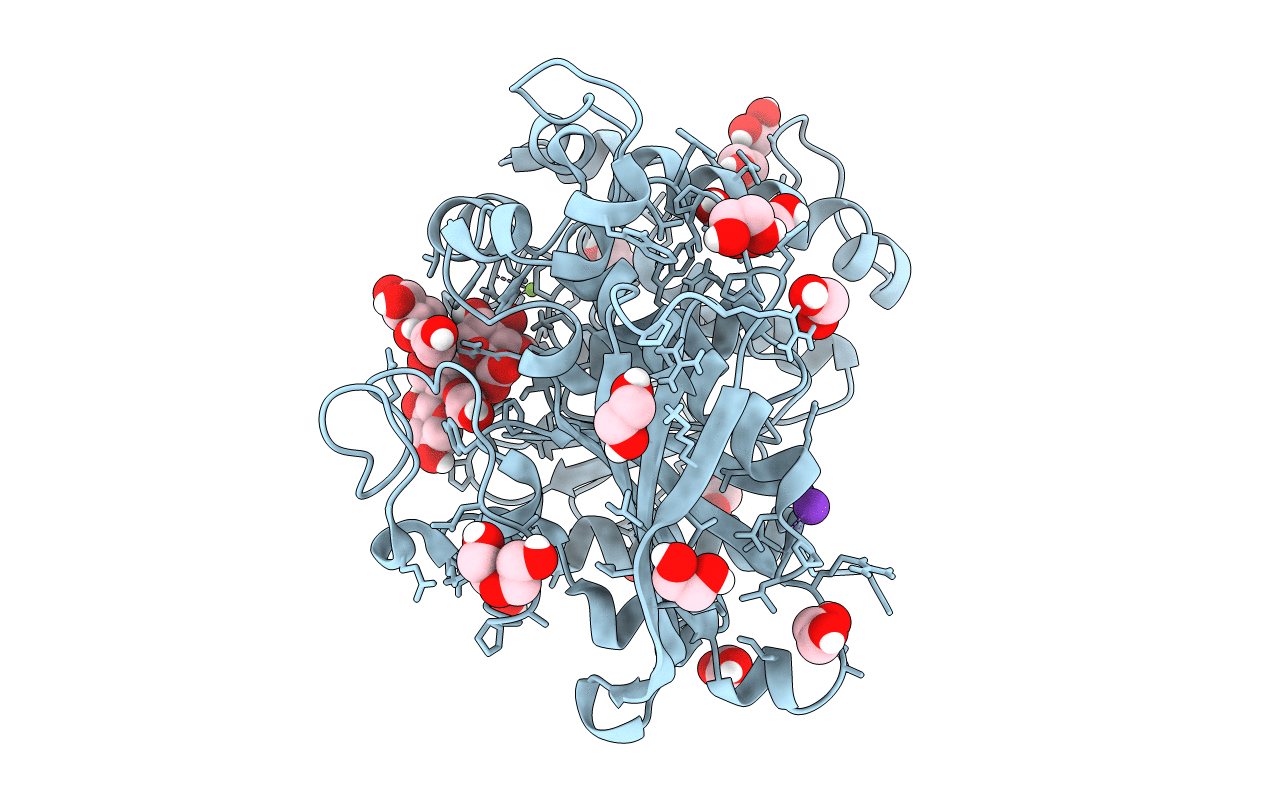
Deposition Date
2019-10-03
Release Date
2019-11-27
Last Version Date
2024-01-24
Entry Detail
PDB ID:
6T0I
Keywords:
Title:
The wild type glucuronoyl esterase OtCE15A from Opitutus terrae in complex with the aldotetrauronic acid XUX
Biological Source:
Source Organism:
Opitutus terrae (Taxon ID: 107709)
Host Organism:
Method Details:
Experimental Method:
Resolution:
1.53 Å
R-Value Free:
0.19
R-Value Work:
0.16
R-Value Observed:
0.16
Space Group:
P 1


